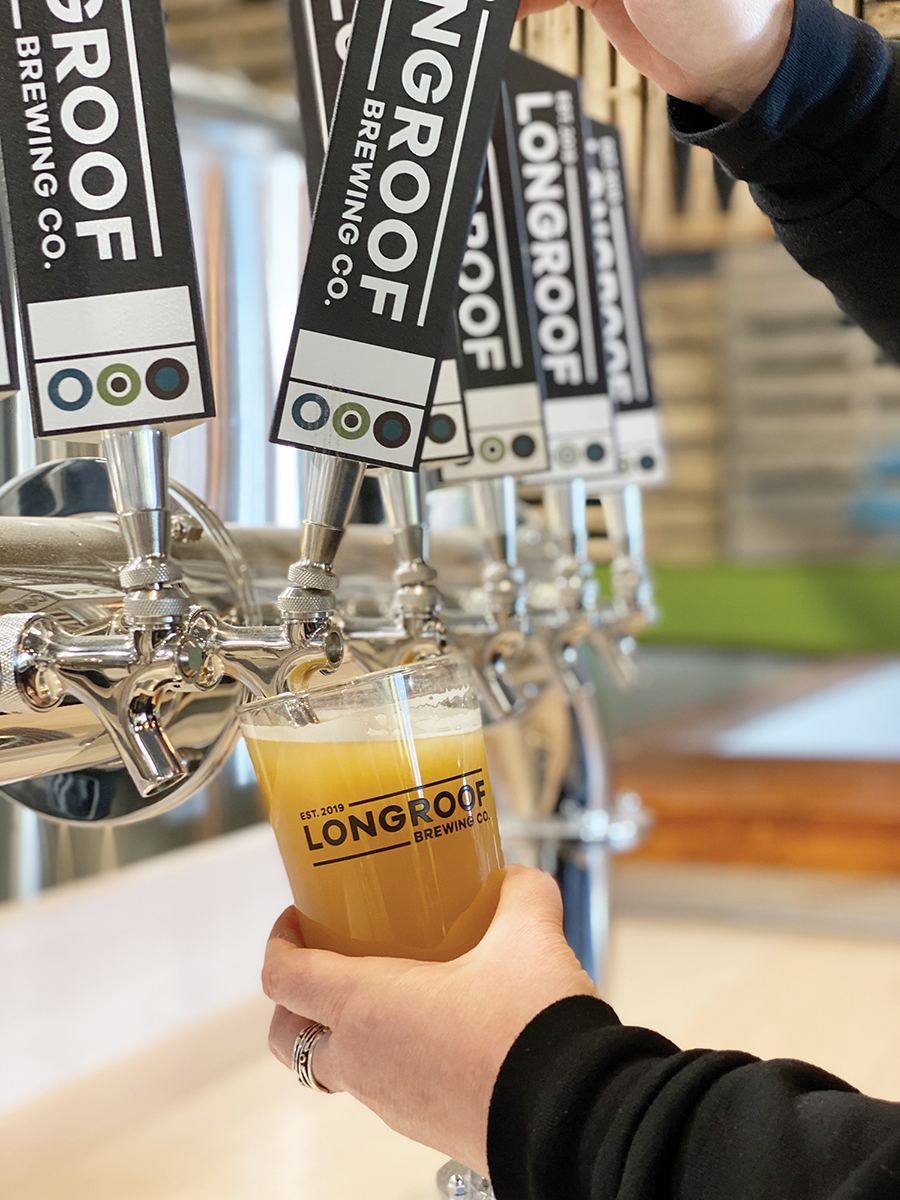Starting a business can be a challenging — and slightly scary — undertaking at the best of times.
Nevertheless, the owners of two Edmonton breweries decided to take that leap in the past couple of years and follow their passion for craft beer, only to find themselves nearing the final stretch to opening day in the middle of a pandemic.
Irrational Brewing and Longroof Brewing were conceived as taproom-focused operations, where the majority of beer would be sold and consumed on site — but shifting public health restrictions during the COVID-19 pandemic forced their owners to adjust their plans.
“It’s less than ideal,” concedes Nathan Marculis, head brewer of Irrational Brewing with his wife, Wafa Veljee, who co-owns it. But he adds that they have had the benefit of watching and learning from existing breweries that quickly introduced takeout, curbside pickup and delivery when the first lockdown measures took effect in March 2020.
Irrational Brewing bought a Crowler machine to can beer directly from the tap and get it into customers’ hands, if new or ongoing restrictions prevent them from opening their taproom.
“It’s definitely more labour-intensive,” says Marculis, who hopes to have Irrational’s first beers on the market, one way or another, by mid-2021. “Even though we’re opening in COVID times, we should be able to stick with our business plan,”
For Longroof Brewing, the pandemic hit nearly a year after founders Cory Gray, Bent Laugesen and Troy Wassill took a major step in making the jump from homebrewers to professionals. In mid-2019, the group bought a brewing system formerly owned by another Edmonton brewery and stored it in a garage while they searched for a location.
“Our goal was to be taproom-focused — we have a pretty small system. With the whole COVID situation being what it is, we had to turn the corner on that,” says Gray.
Like Irrational, Longroof decided to put more effort into canning than initially planned. The brewery is taking a “wait-and-see” attitude toward delivery, but Gray says the pandemic prompted the partners to accelerate development of their online store so they were ready to accommodate to-go orders.
